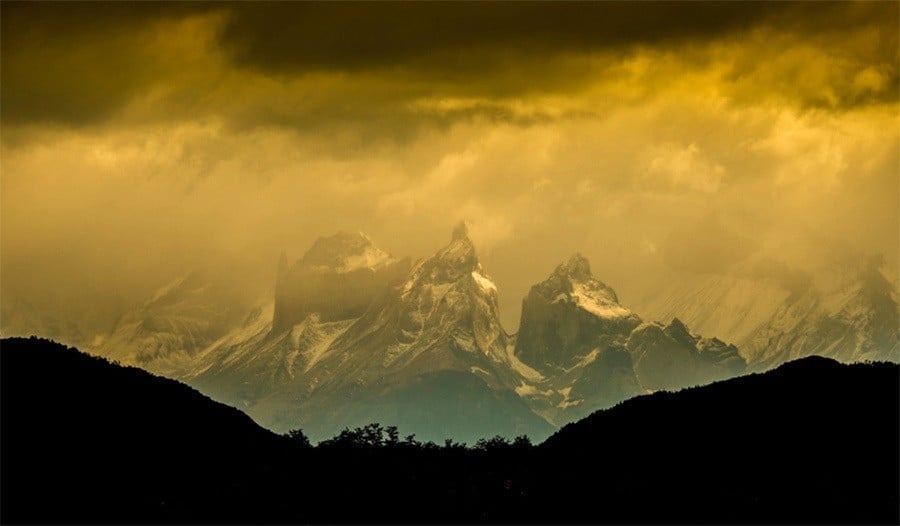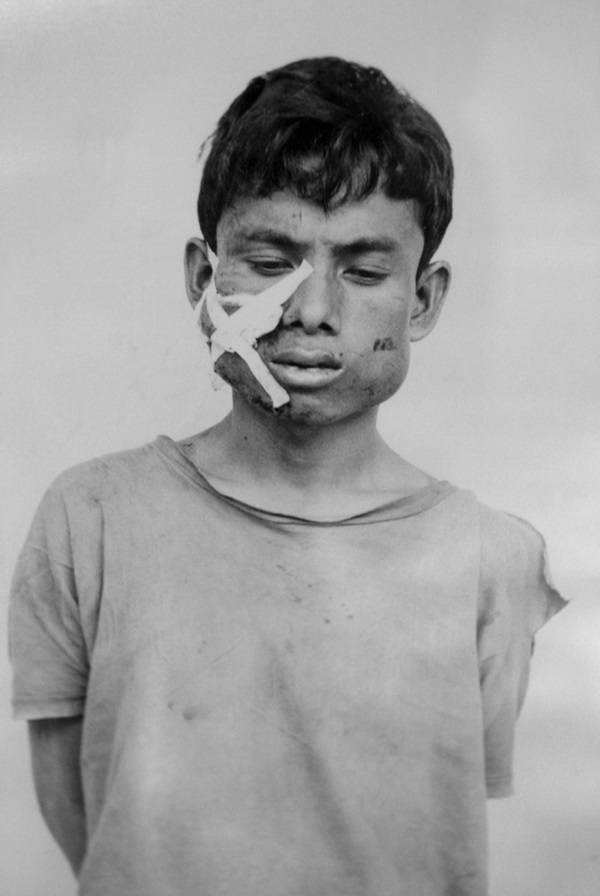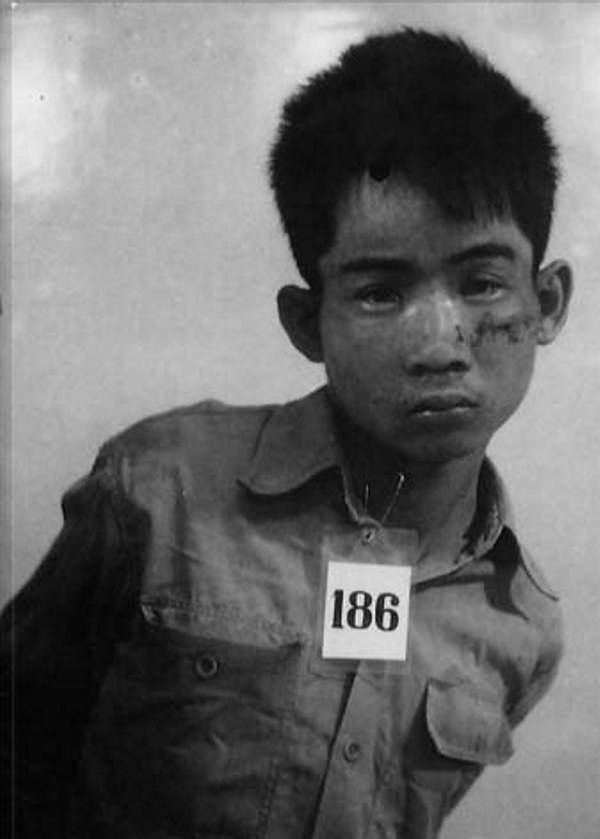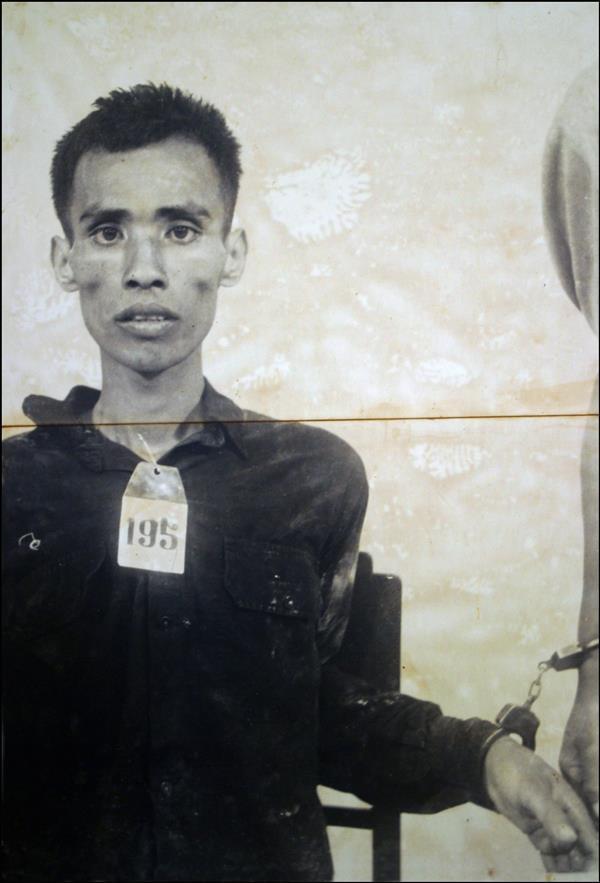The Unique Beauty Of Patagonia
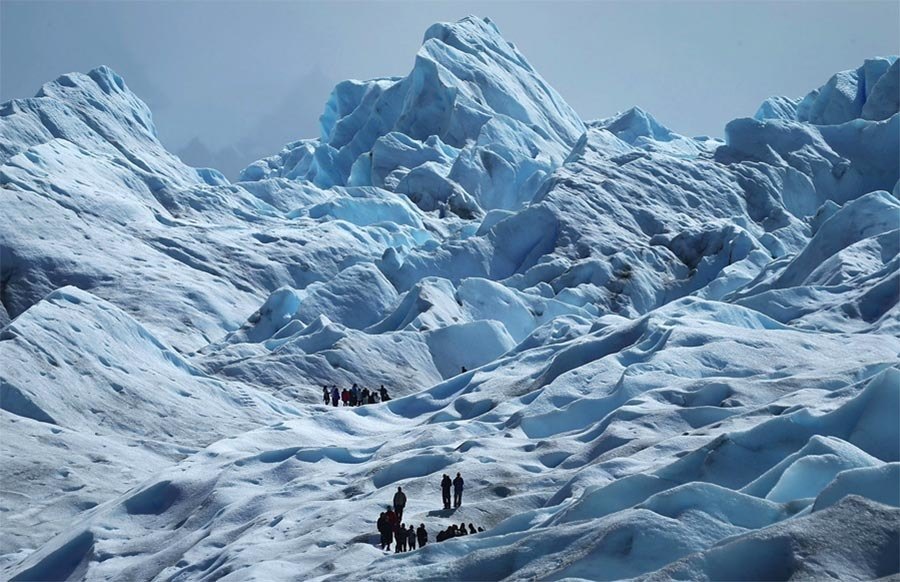
Trekkers hike atop Perito Moreno Glacier in Los Glaciares National Park on November 27, 2015, in Santa Cruz Province, Argentina. Mario Tama / Getty
As you inch deeper into South America toward the pole, temperatures start dropping and your surroundings begin to stun. When you start to see the penguins and the aquamarine glaciers, you’ll know you’ve arrived in Patagonia.
Encompassing parts of Chile and Argentina, the sparsely populated region is more or less a sampling of the world’s topographies in one spot: Deserts and rivers, mountains and steppes, grasslands and glaciers dot the 4.5 million square kilometer expanse.
Getty photographers recently ventured to Patagonia — whose name derives from the word Magellan used to describe the natives he encountered there, patagón, in 1520 — to document the region’s wonder. If you can’t make it down to see for yourself, the photos housed at the AtlanticThe Atlantic make for a decent substitute.
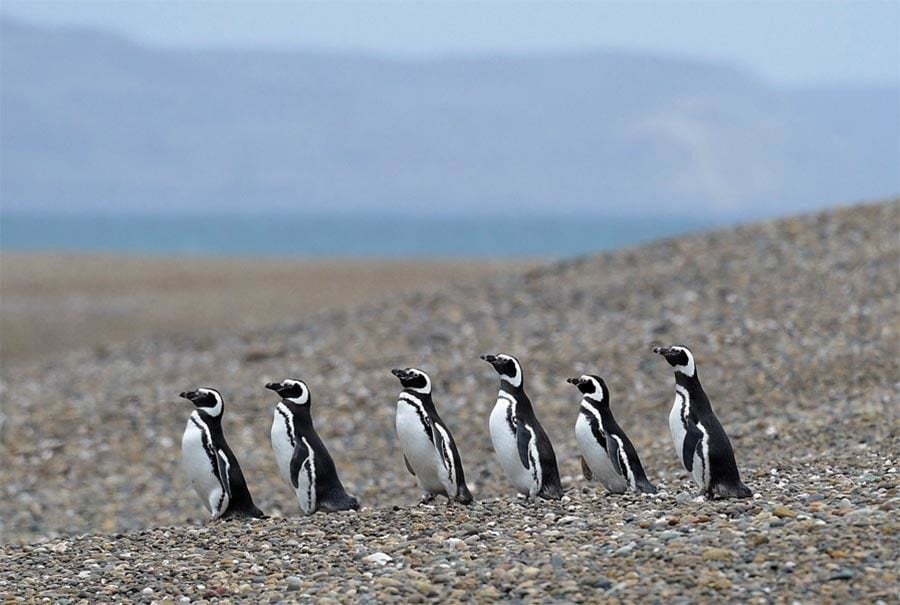
Magellanic penguins walk in single file at the El Pedral penguin colony near Punta Ninfas, in the Patagonian province of Chubut, Argentina. Juan Mabromata / AFP / Getty
Cambodian Genocide Portraits Help Shed Light On A Forgotten Nightmare
When Cambodia’s Khmer Rouge regime took power in 1975, they launched a genocide against anyone that was thought to be incompatible with their political vision, including intellectuals, ethnic minorities, religious figures, and city-dwellers. Over the following four years, millions were imprisoned, tortured, and killed.
At Tuol Sleng prison alone, nearly all but seven of the 20,000 inmates were killed. These portraits taken of prisoners upon their arrival to Tuol Sleng help us understand what life was like in one of the most brutal parts of the Cambodian genocide:
